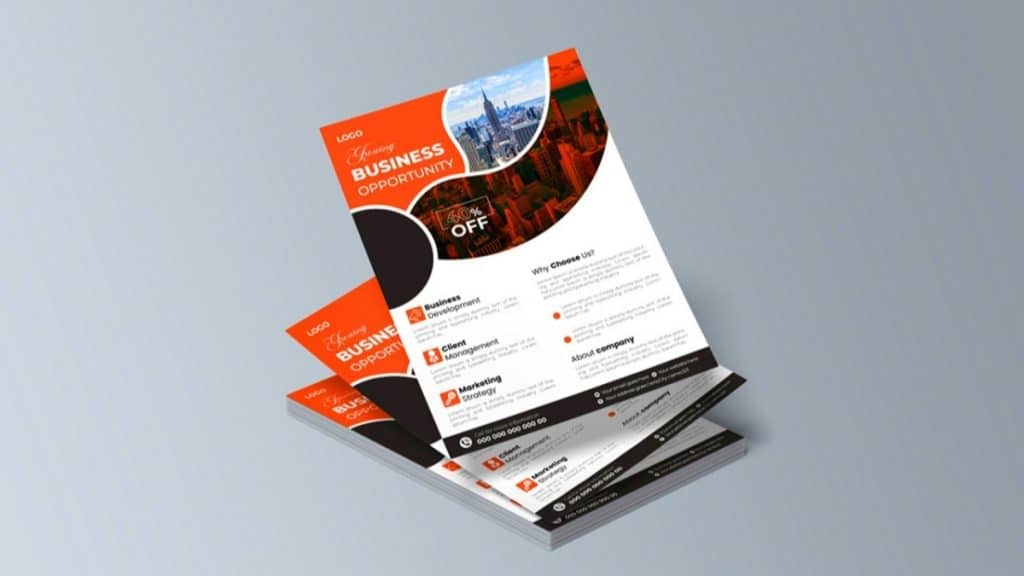Graphic design and printing are just two basic parts of modern marketing and branding. Whether as a small business owner or being in charge of a large corporation, the quality of your graphic design and printed material has the potential to make or break how your brand is perceived. In summary, graphic design together with printing enables you to communicate your message, present your brand, and reach your target audience in a much more convincing and attractive visual manner.
Understanding Graphic Design and Its Place in Branding
Graphic design is a process of communicating messages through creating visual content. It includes typography, imagery, color schemes, and layout in its methodology to appear aesthetically pleasing to the customers and functional in design. These designs play a huge role in businesses seeking to build a strong brand identity and visual communication with their customers.
Everything from your logo and business cards to website layouts and brochures all help in putting together a visual language that speaks of your brand. A great designer will use fonts, color, and imagery to get across your company’s values, tone, and personality in such a way that your brand becomes instantly recognizable.
Printing in Graphic Design: Importance
While digital media is the main focus in marketing, printing is still a vital part of the business world. Printed materials offer a tangible connection to your audience and are often seen as more personal and trustworthy than their digital counterparts.
Printing enables businesses to produce high-quality, professional-looking items from flyers, banners, packaging, and other promotional materials. Printed materials are really useful in offline marketing campaigns where they can be distributed at events, stores, or via direct mail.
Types of Printing Methods for Graphic Design
There are several different types of printing, and each has its own particular advantages, which relate to the type of job being done. The most common types of printing are as follows:
Offset Printing: This is the most common type for large printing jobs for brochures, business cards, and catalogs. It offers excellent quality with relatively inexpensive bulk printing.
Digital printing: It is quite ideal for small runs or print-on-demand projects, and it offers really fast turnaround times. It is great for customized items such as invitations or personalized marketing materials.
Screen Printing: It is an oft-used method for apparel, signs, and posters. Screen printing can provide bright colors and resistant prints, hence it is normally applied to items that need to last long.
Flexography: These are mainly used in packaging materials and labels. Flexography provides very high speeds in printing, and it is able to be used on many different types of surfaces.
Marrying Graphic Design and Printing for Optimal Output
After all, a well-designed piece is only as good as its print quality. As such, a good printing company must be selected which understands the intricacies of graphic design and can translate your designs into excellent printed material.
It depends on the type of materials used, paper quality and inks, the printing method digital or offset printing, among others. It is important that the south coast graphic design and printing collaborate in making sure that the printing would be done according to the vision and design specifications of the product.
How to Produce Effective Graphic Design & Printing
Know thy audience: know who your target market is, know their needs and tastes, know what you are trying to say. Your design choices should be directed toward your target market.
Consistency is King: Design consistency helps create a visual brand identity across all print materials, including consistency with colors, fonts, and the placement of logos.
Less is More: Sometimes a clean, simple design brings the message across more effectively than one full of clutter.
Choose the Correct Paper and Finish: The quality and finish of the paper can either make or break the final appearance of the printed document. A good, high-quality finish can be glossy or matt to give an upscale perception of your brand.
Proof Everything: It is important always to proof your design before printing. Mistakes are going to be costly, especially in large print runs. Proof for typos, alignment issues, and color discrepancies.
Among the most important tools that any business can utilize in order to create a solid visual identity are graphic design and printing. Well-thought-out designs and quality printing material will help your business stand out and connect with your audience, trying to articulate the values of your brand in the best possible manner. Be it designing a new logo or printing marketing collateral, paying great attention to detail is what will help your business leave a mark.
